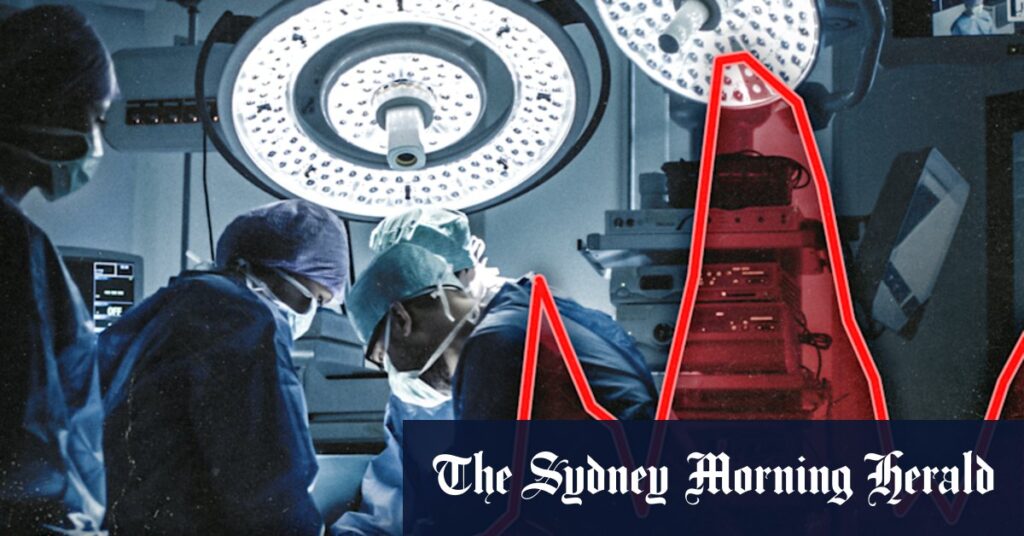Park said the government would invest $23 million to deliver 3500 additional surgeries over the next year. There were 225,770 surgeries performed in NSW public hospitals over the past 12 months. Demand for elective surgery in NSW grew 7.5 per cent in the past year, Park said.
The funding is on top of another $200 million, announced by the government in December, to address surgical waitlists and “boost hospital capacity”.
Opposition health spokesperson Kellie Sloane compared the investment to “putting a Band-Aid on a broken arm”, noting the previous Coalition government had spent $408 million in their final budget to reduce COVID waiting lists.
“That good work is being undone,” Sloane said.
Australian Medical Association NSW vice president Dr Fred Betros said that between January and March, NSW surgeons performed 1800 more surgeries than they did in the first three months of last year, but it was not enough to keep up with rising demand from an ageing and increasingly unwell population.
Loading
“Compared to 25 years ago, we’re more overweight, we have more smoking-related diseases, diabetic-related diseases,” Betros said. “You dovetail in all the other medical problems that go with them because of our lifestyle, co-morbidities, [and] you get very complex, very expensive patients to treat.”
The final report from an 18-month inquiry into NSW health funding warned the system risked being overwhelmed by ageing and chronically ill patients, describing the failure to embed prevention into the system as “beyond comprehension”.
The number of patients overdue for surgery ballooned to more than 18,000 during the pandemic but dropped to fewer than 2000 by the end of last year, after efforts by the taskforce to extend operating theatre hours and outsource thousands of surgeries to private hospitals.
Betros, a general surgeon in western Sydney, said this success showed hospitals had the capacity to work through backlogs – it was just a question of whether the government was willing to fund it.
Loading
“The second you take your foot off the pedal, suddenly you’re in the situation we’re in now with 100,000 people waiting for surgery,” he said.
The Herald this week revealed some hospitals, including Sydney’s Westmead and Royal Prince Alfred (RPA), were concealing the true extent of delays for patients by refusing to add urgent “category 1” patients to waitlists unless their surgeon can guarantee an available operating theatre session within the clinically recommended 30 days.
Dr Amanda Cohn, a Greens MLC and former GP, said the number of patients overdue for surgery was likely to be underestimated “when there is a widespread problem of the urgency of surgeries being re-categorised to meet administrative benchmarks, not for clinical reasons”.
In the state’s emergency departments, 25,000 fewer patients visited an ED with semi-urgent and non-urgent conditions compared to the first three months of last year.
Park said this coincided with 45,000 patients being directed to urgent or virtual care clinics in the first three months of this year, according to NSW Health.
Dr Rachael Gill, acting NSW chair of the Australasian College for Emergency Medicine, said urgent care clinics were a welcome initiative, but the number of seriously unwell patients visiting EDs continued to grow.
“The patients that we see aren’t suitable to see a GP … those patients are more frail, often geriatric, and take longer to treat,” she said.
Start the day with a summary of the day’s most important and interesting stories, analysis and insights. Sign up for our Morning Edition newsletter.
Read the full article here


